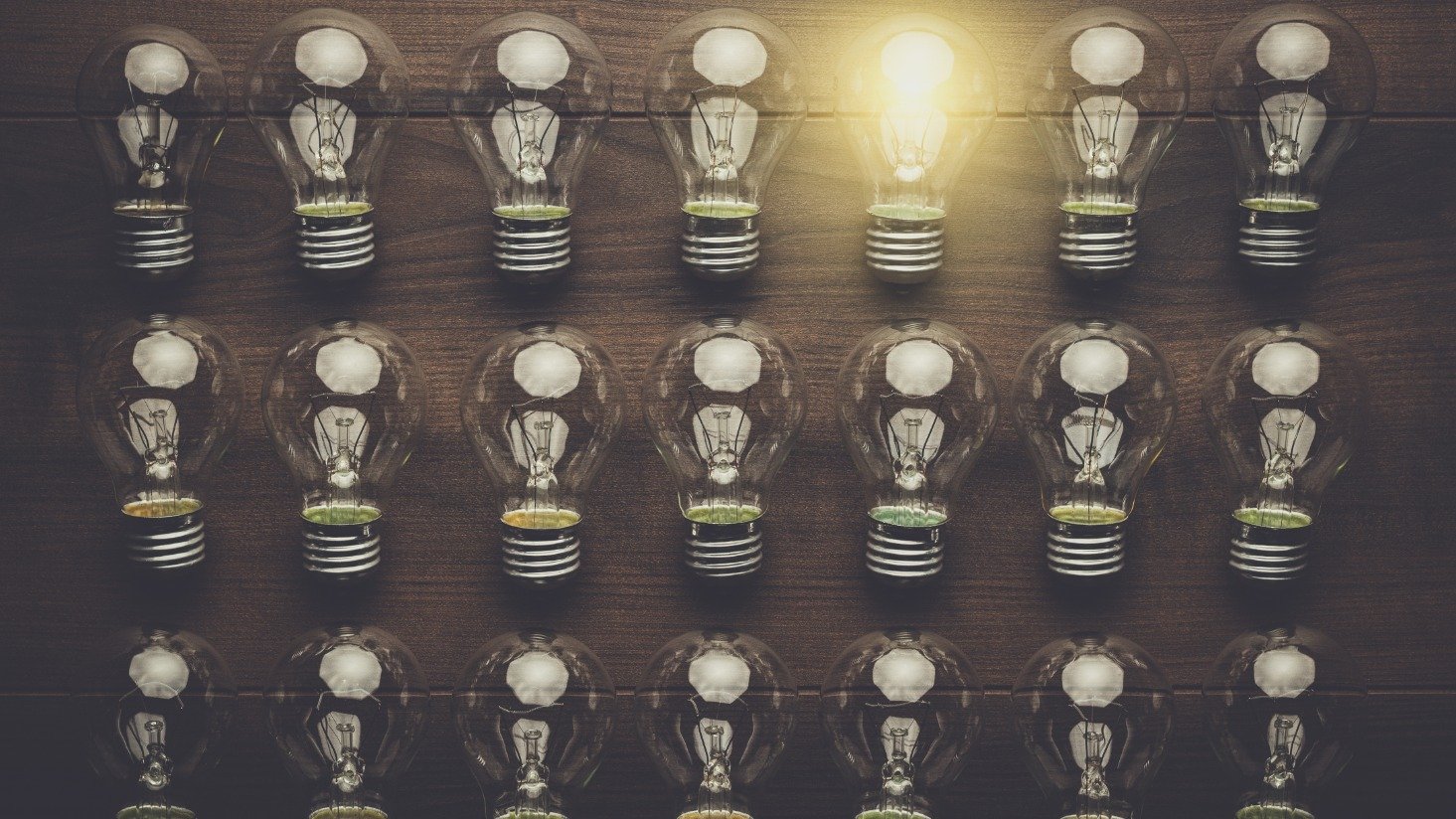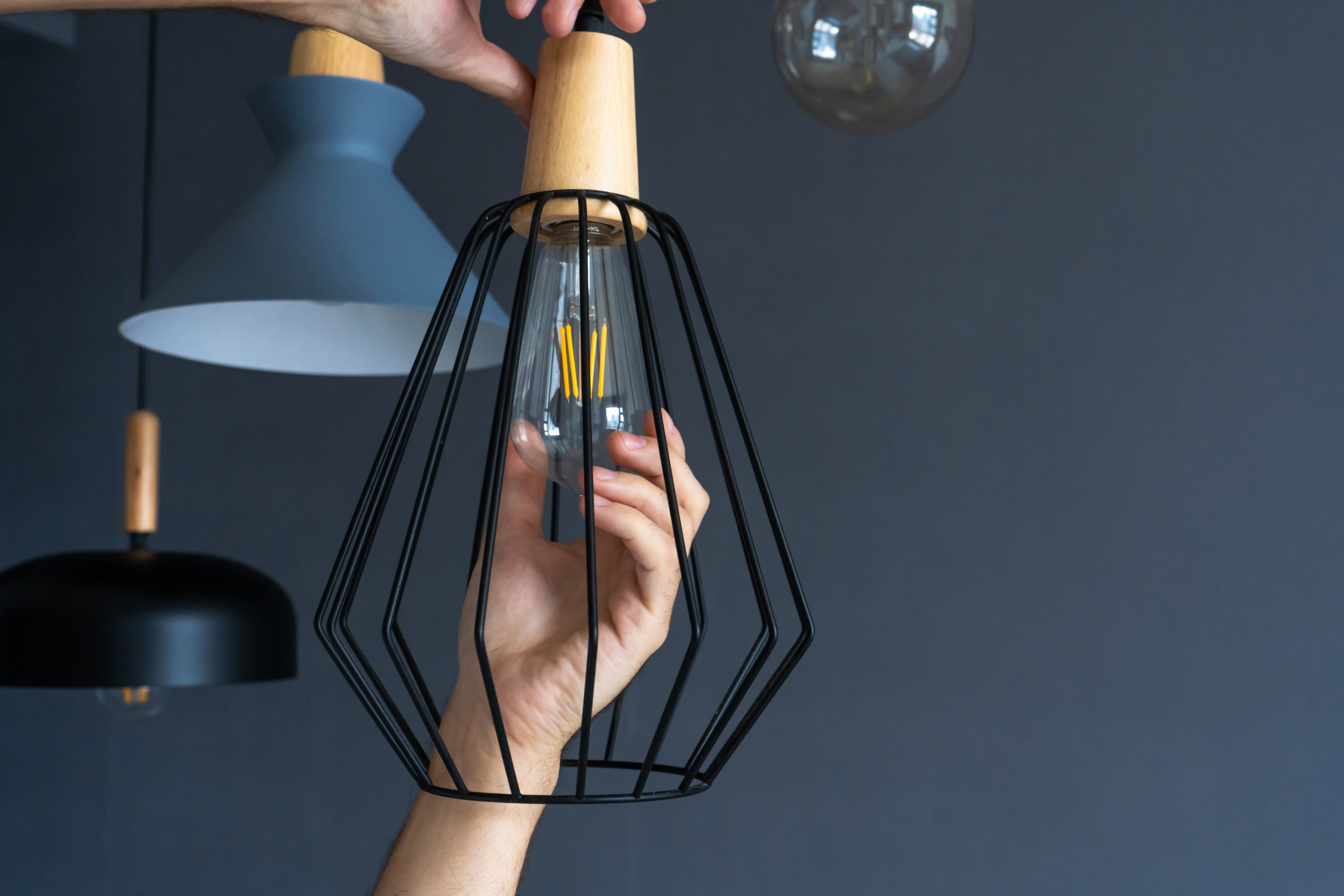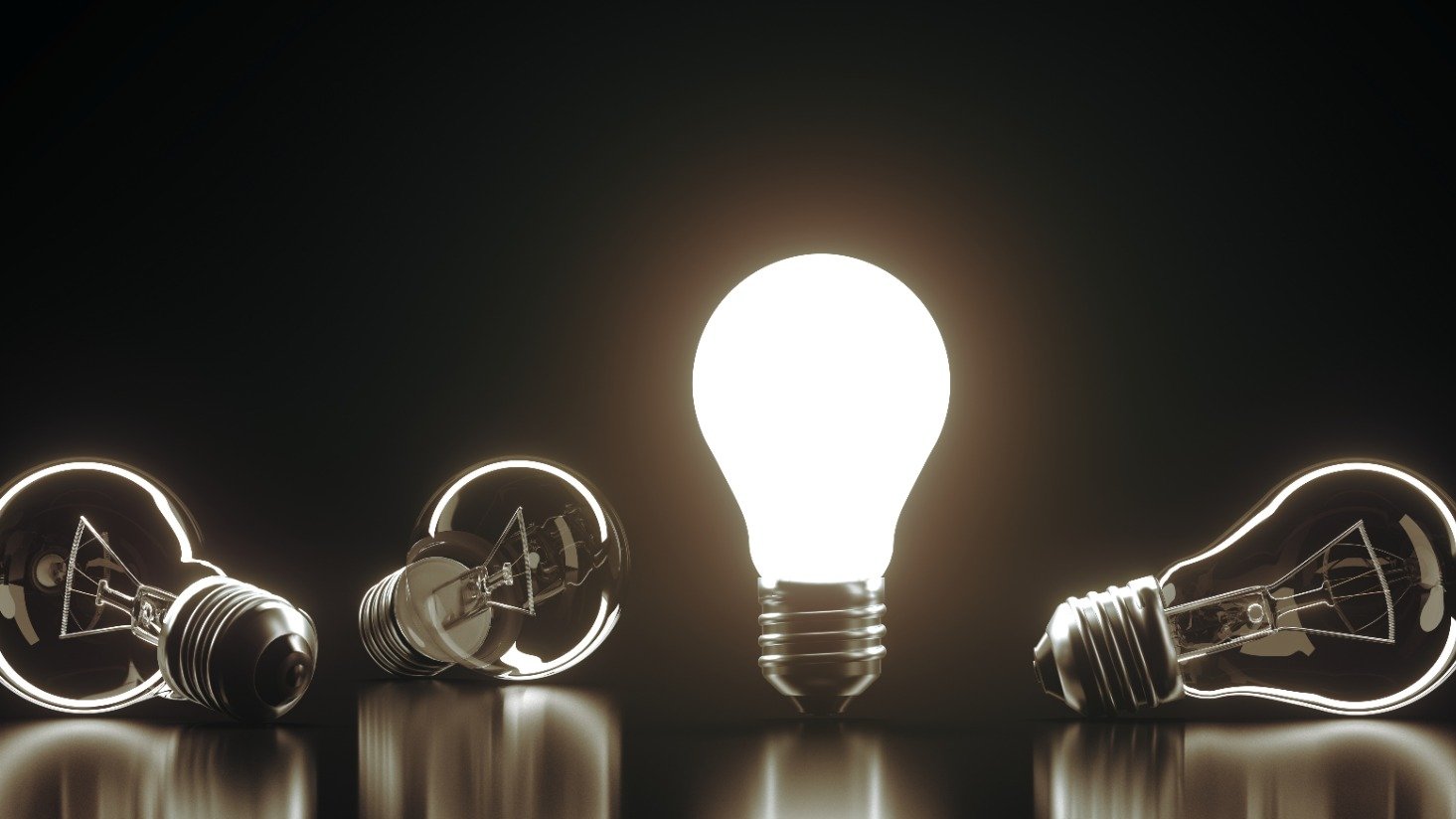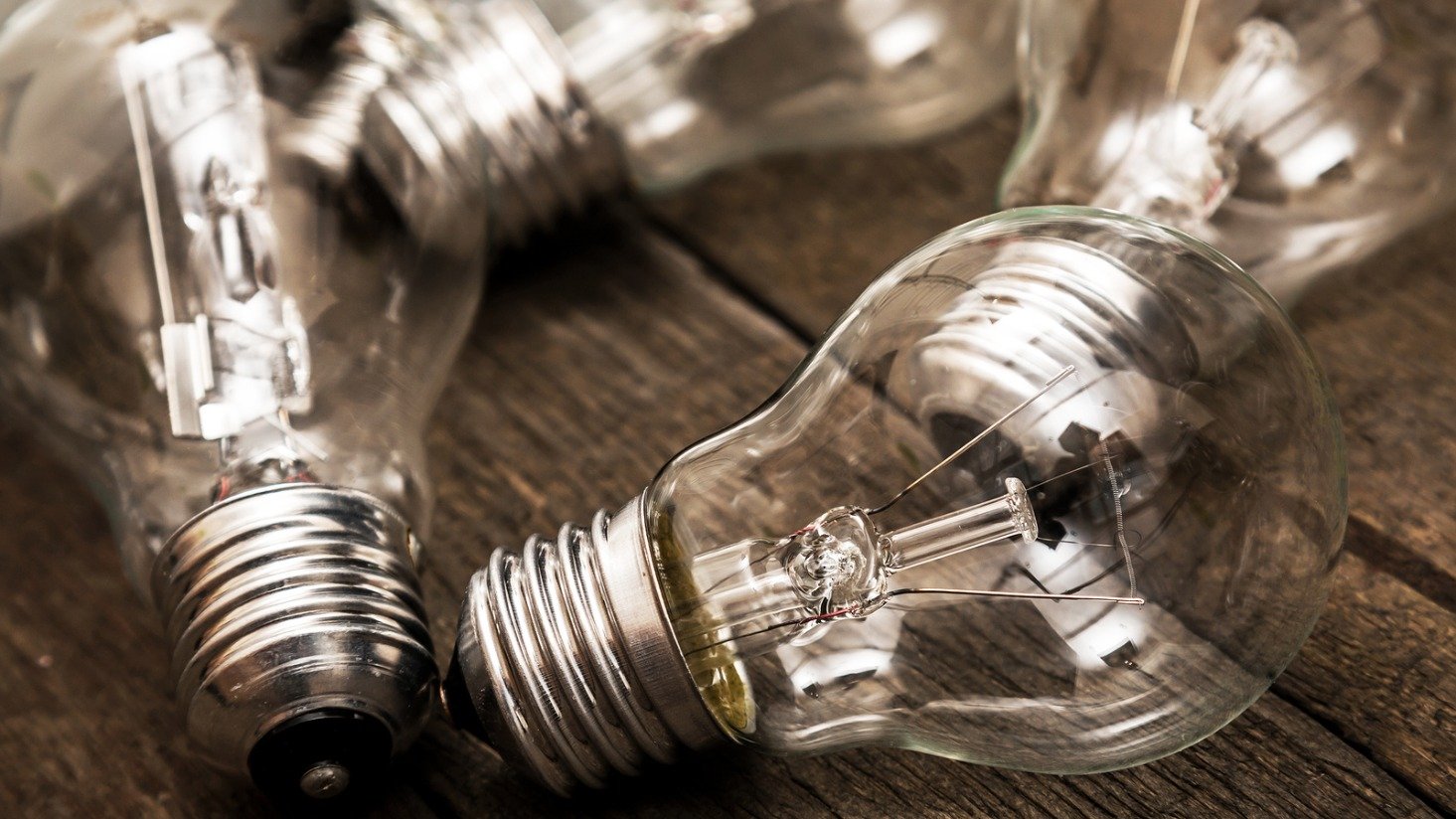What is an incandescent light bulb and how does it work?
Think about the last time you were at a store buying a microwave or some other appliance, like a refrigerator or a dryer. The sales associate probably rattled off a bunch of the product’s features. They probably demonstrated what it could do, talked about pricing and upgrades, and leaned on their usual talking points.
Our technologically advanced day and age has filled our lives with a bunch of equipment with functionality that most of us probably couldn’t begin to explain in any kind of detail. Sure, we can thumb around on our iPhone’s apps and show our grandmothers how Instagram and FaceTime work, but could we ever explain the device’s technological makeup?
It’s not always necessary to understand the basics of these things, but it may help us to make better use of them and make more informed buying decisions. Or maybe you're just into cool facts and trivia.
Here at Regency, we feel it’s really important that all of our service teams understand the basics of lighting. We begin our service team training by covering the most basic idea of all in the lighting world: How does a light bulb produce artificial light?
In this article, I’ll be discussing the technology incandescent light bulbs use to produce artificial light.
What is an incandescent light bulb?
Basically, an incandescent light bulb is a controlled fire on display. When electrical current makes contact with the base of the bulb, electricity enters and heats the tungsten filament housed inside. And when the filament heats up, “incandescence” is created, which is light produced by heat. (You would see this same effect in a burning log or coal.)
The light in an incandescent light bulb is really just that effect occurring in a contained, controlled environment. As the filament continues to burn, particles fly off the filament. And when there are no more particles to burn, the light bulb burns out, which typically takes place 800-1,200 hours into the life of the incandescent light bulb.
Here’s the thing with incandescents, though: incandescence is fire and fire produces more than just light. It also produces heat. So unless you are in the market for a “heat lamp,” the very heat produced by the incandescent bulb is wasteful by nature.
Incandescent light bulbs, in fact, produce 90 percent heat and 10 percent light. If you have ever touched a lit incandescent bulb, you have experienced the 90/10 heat-to-light ratio. Those bulbs are hot!
Where do you use incandescent light bulbs?
So, if incandescent light bulbs are inefficient with energy, is there a market for them?
Here are three applications that incandescents may work well in:
Residential
Incandescent light bulbs are the “purest” artificial light source. It’s practically a fire put on display in a bulb – no chemical combustions or mercury needed, meaning the quality of light is excellent.
Depending on the color palette in your home and your goals – energy efficiency vs. light quality – incandescent bulbs may work great for you.
Decorative specialty lighting
Perhaps you have a vintage chandelier stolen from The Phantom of the Opera movie set itself. A spiral spring CFL or even some LEDs will completely kill the ambiance and style of such a fixture. Incandescent bent-tip light bulbs, on the other hand, would be perfect for it.
Heat lamps
As I mentioned earlier, incandescent bulbs are great at producing heat. Even with the energy efficiency legislation out there, heat lamps are still commonly used in restaurants and other applications.
Incandescent light bulb pros and cons
If you’re considering using incandescent bulbs, here are some pros and cons to consider.
Incandescent light bulb pros
- Quality of light
These bulbs are as close to the gold standard (the sun) as you can get. - Affordability
Looking to stay under your monthly light bulb budget? Pop a few incandescent bulbs in your sockets and let someone else take care of the utility bills. - Aesthetics
Even the lighting industry itself can’t deny that the aesthetics of a Incandescent light bulb are hard to beat. Heck, LED manufacturers have spent years just trying to figure out how to make an LED bulb that resembles a classic incandescent. - Dimmability
Incandescents are also the gold standard for dimmability. They don’t flicker or emit worse light when paired with a dimmer switch, like some products using other lighting technologies. The LED industry is working overtime just to make something that can dim like an incandescent.
Incandescent light bulb cons
- Short life
If your lighting maintenance bill is out the roof, incandescent bulbs aren’t going to help. You’ll be replacing them every 3-5 months, assuming 8-10 hours of burn time a day. - Energy consumption
As I said earlier, 90 percent of the energy used to make incandescent light is actually converted to heat. And if you aren’t wanting your light sockets to double as space heaters, you’re going to have to crank up your AC bill to compensate for the collective heat emitted from your incandescent light bulbs. - Option limitations
Compared to LEDs, incandescent bulbs are very limited in their color temperatures, lumen output, directionality, and other specifications that help to customize lighting today.
Incandescent light bulb history
Now that you understand how incandescent light bulbs work, you may want to get some context and understand where they came from.
You probably already know a little bit. Or at least a name.
How old were you when you first heard of Thomas Edison?
The inventor of the incandescent light bulb is a pretty iconic historical figure. Most of us probably learned his name in grade school, but very few of us actually understand how Edison’s invention – the incandescent light bulb – works. Hopefully, our quick explanation above helped you with that.
Fortunately, of all the lighting technologies, incandescent is definitely the most simple. (I don’t mean to downplay Edison’s legacy. I just mean incandescent is the easiest lighting technology to understand.)
Edison’s light bulb was first patented in 1879, but all the way back in 1802, Humphry Davy is widely credited with being the first one to demonstrate the possibility of electric light. The carbon arc lamp also emerged in England in the 1830s. Early-nineteenth-century bulbs, however, had problematic inefficiencies – short lifespans and poor use of energy. These bulbs were prototypes So, in the years leading up to Edison’s patent filing, scientists across the globe were focused on improving the bulb, and the bulb’s filament, specifically.
The Department of Energy does a good job telling the next part of the story on its website:
When Edison and his researchers at Menlo Park came onto the lighting scene, they focused on improving the filament – first testing carbon, then platinum, before finally returning to a carbon filament. By October 1879, Edison’s team had produced a light bulb with a carbonized filament of uncoated cotton thread that could last for 14.5 hours. They continued to experiment with the filament until settling on one made from bamboo that gave Edison’s lamps a lifetime of up to 1,200 hours -- this filament became the standard for the Edison bulb for the next 10 years. Edison also made other improvements to the light bulb, including creating a better vacuum pump to fully remove the air from the bulb and developing the Edison screw (what is now the standard socket fittings for light bulbs).
(Historical footnote: One can’t talk about the history of the light bulb without mentioning William Sawyer and Albon Man, who received a U.S. patent for the incandescent lamp, and Joseph Swan, who patented his light bulb in England. There was debate on whether Edison’s light bulb patents infringed on these other inventors’ patents. Eventually Edison’s U.S. lighting company merged with the Thomson-Houston Electric Company – the company making incandescent bulbs under the Sawyer-Man patent – to form General Electric, and Edison’s English lighting company merged with Joseph Swan’s company to form Ediswan in England.)
In recent years, incandescent bulbs have been largely phased out, as we write in our post, ‘Was there actually an incandescent light bulb phase out?’
But, more recently, some physicists at MIT may have discovered an innovation that could save the incandescent light bulb, making the technology even more efficient than LED.
While the average incandescent light bulb today has become far more efficient than Edison’s, thanks to a series of innovations, it has struggled to survive the modern world’s movement toward energy efficiency. Compact fluorescent and LED lighting solutions have supplanted a lot of the incandescent market and a lot of industry experts seem to believe that trend will continue.











